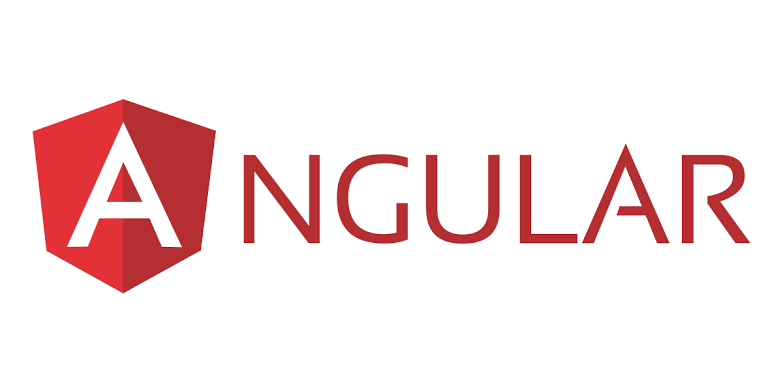Angular Material is a popular UI framework for Angular applications, offering a range of pre-built components to streamline web development. Among its many features, Angular Material provides robust support for form validation, including email validation. In this extensive guide, we'll explore how to leverage Angular Material to validate email inputs effectively.
Understanding Angular Material Forms
Before we delve into email validation, let's establish a foundational understanding of Angular Material forms. We'll cover the basics, such as setting up forms, binding data, and handling user input.
The Role of Form Validation
Form validation is a crucial aspect of web development. We'll discuss why it's essential, its benefits, and how it contributes to a seamless user experience.
Angular Material: An Overview
Angular Material simplifies UI development in Angular applications by providing ready-made components. We'll take a closer look at Angular Material's role in building user-friendly forms.
Creating Angular Material Forms
We'll guide you through creating forms using Angular Material components, making it easier than ever to collect user data.
Basic Email Validation in Angular Material
Let's start with the fundamentals. You'll learn how to set up basic email validation in Angular Material forms, ensuring that users provide valid email addresses.
Advanced Email Validation Techniques
Email validation goes beyond checking the format. We'll explore advanced techniques, including real-time validation and custom validation rules.
Enhancing User Experience
An excellent user experience is paramount in web development. We'll cover tips and best practices to optimize the user experience during email validation.
Security Considerations
Form validation also plays a role in security. We'll discuss security considerations when implementing email validation to protect your application from potential threats.
Testing Angular Material Forms
Thorough testing is crucial to ensure your forms work correctly. We'll explore testing strategies and tools for Angular Material forms.
Commonly Asked Questions
1. Why is form validation important in Angular Material?
- Form validation in Angular Material ensures that user input is accurate, reducing errors and enhancing the user experience.
2. Can I use Angular Material for other types of form validation, not just email validation?
- Absolutely! Angular Material provides a comprehensive set of tools for various types of form validation, including text, numbers, and custom validation rules.
3. How can I implement real-time email validation in Angular Material forms?
- We'll walk you through the process of implementing real-time email validation to provide users with instant feedback.
4. What are the security risks associated with email inputs in forms?
- While email inputs themselves are not inherently risky, ensuring valid input is essential to prevent potential security vulnerabilities, such as SQL injection attacks.
Conclusion
Angular Material simplifies form validation, including email validation, making it a powerful tool for web developers. By following the techniques and best practices covered in this guide, you'll be well-equipped to create secure and user-friendly forms in your Angular applications. Whether you're building a registration form or a contact form, Angular Material's robust features will help you achieve your development goals with ease.



